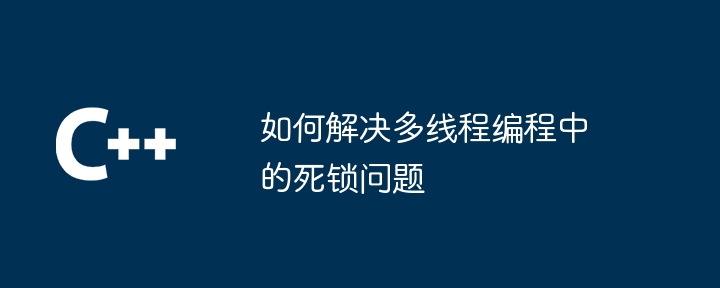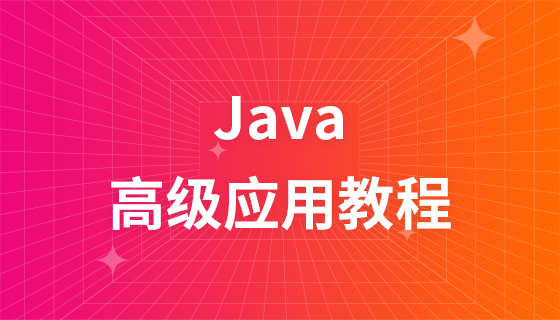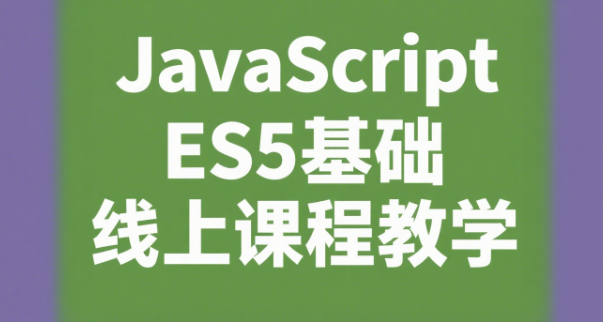解决多线程编程中的死锁问题的方法包括:1. 避免共享资源;2. 使用死锁检测和恢复算法;3. 使用优先级继承;4. 使用超时。

如何解决多线程编程中的死锁问题
死锁是多线程编程中一种常见的问题,当多个线程同时等待对方释放资源时就会发生。这会导致所有线程都无限期地等待,无法继续执行。
解决死锁问题的常见方法:
实战案例:
考虑以下代码,其中两个线程 A 和 B 尝试访问共享资源 x 和 y:
from threading import Thread, Lock
x_lock = Lock()
y_lock = Lock()
def thread_a():
while True:
x_lock.acquire()
y_lock.acquire()
# 处理共享资源
y_lock.release()
x_lock.release()
def thread_b():
while True:
y_lock.acquire()
x_lock.acquire()
# 处理共享资源
x_lock.release()
y_lock.release()
if __name__ == "__main__":
Thread(target=thread_a).start()
Thread(target=thread_b).start()这段代码会出现死锁,因为线程 A 和 B 都在等待对方释放锁。
为了解决这个问题,我们可以使用死锁检测和恢复算法,例如等待图算法。以下是使用该算法的代码:
# ...(前面的代码不变)
wait_graph = {} # 等待图
def detect_deadlock():
for thread in threading.enumerate():
if thread.name not in wait_graph:
wait_graph[thread.name] = set()
for thread in threading.enumerate():
if thread.name not in wait_graph:
continue
for lock in thread.locks:
try:
wait_graph[thread.name].add(lock.locked_by.name)
except AttributeError:
pass
# 检查等待图中是否存在循环
visited = set()
path = []
for thread in wait_graph:
if thread not in visited:
deadlock = dfs(thread, visited, path)
if deadlock:
return deadlock
return None
def dfs(thread, visited, path):
if thread in visited:
return path
visited.add(thread)
path.append(thread)
for next_thread in wait_graph[thread]:
deadlock = dfs(next_thread, visited, path)
if deadlock:
return deadlock
path.pop()
return None
# ...(后面的代码不变)这个算法通过构建等待图并使用深度优先搜索来检测死锁。如果检测到死锁,则可以采取恢复措施,例如超时或强制终止线程。
以上就是如何解决多线程编程中的死锁问题的详细内容,更多请关注php中文网其它相关文章!

每个人都需要一台速度更快、更稳定的 PC。随着时间的推移,垃圾文件、旧注册表数据和不必要的后台进程会占用资源并降低性能。幸运的是,许多工具可以让 Windows 保持平稳运行。




Copyright 2014-2025 https://www.php.cn/ All Rights Reserved | php.cn | 湘ICP备2023035733号